The 3.5mm Days
For most of my life, I’ve used the unassuming 3.5mm headphone jack, without care or understanding of the internal components behind it. From iPod Nano, to some obscure early 2010’s era Android phones, I just accepted it as the way you listen to music. Even as the shift to wireless audio happened later on, I still had no clue really about what a DAC is or what it does. This all changed in the past few years however, as my journey into audio started.
I was so excited to build my first desktop computer in 2015. At the time, I was tethered to an aging Asus gaming laptop as my main refuge for all games and audio. Despite the update however, I still used the headphone jack and consequently the internal DAC of the PC. This finally changed once I got a proper pair of speakers to add to my setup a few years later. Along with them, I bought a hybrid DAC/Amp unit - the NAD D 3020 - which did a serviceable job of serving as my speaker amp and a “higher” quality jack to plug headphones into.
Small Beginnings
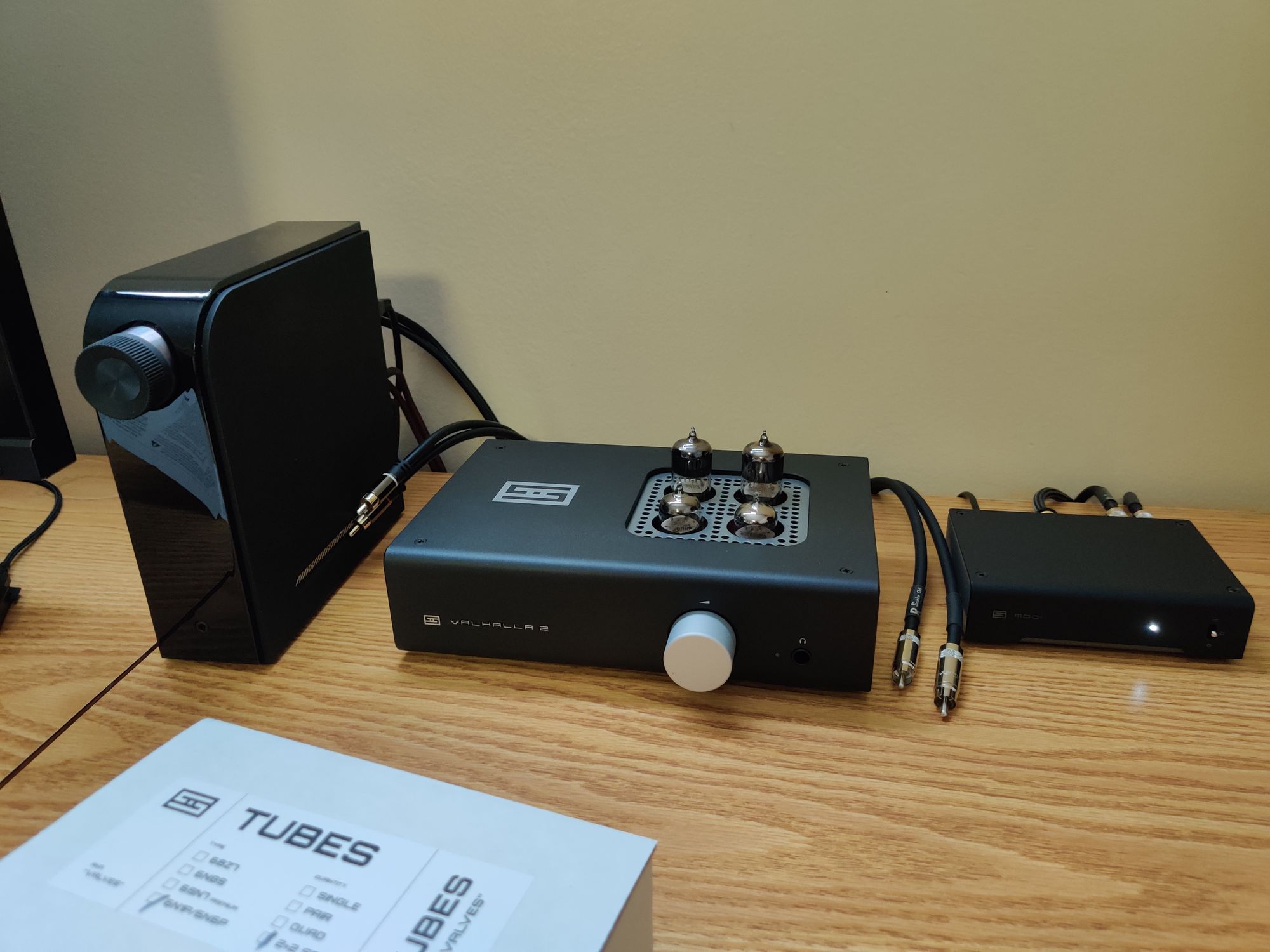
After getting that and pairing my HD800S with it, I just sat with them for a while and figured it would be about the best I could get. I didn’t know any better at the time about the high output impedance on the headphone jack, which in retrospect was definitely muddying the sound quite a bit considering what I was pairing with it. This was even more evident when, once I made the jump after I became more curious in 2020, I made my first jump into the hobby in earnest with a Schiit Modi that I held onto for only a few days before I decided to jump even further to a used Schiit Bifrost 2 (and I paired both of these DACs with a Schiit Valhalla 2). The contrast was stunning. Not only on the qualities of the amplifier side but also the capabilities of the Schiit DACs relative to the NAD. It's cliché to read, but it was as if a veil was lifted - the presentation was much more balanced tonally without the NAD’s muddy bass, and the technicalities were improved across the board.

I was satisfied with this for a bit, and told myself that I would stop there and become the Schiit Bifrost 2 owner that I was always meant to be. I thought to myself that this was a part of my setup that was meant to last for many years, and that if I ever had the itch I would simply upgrade the swappable board on it as they roll out. This was not the case; it was only a matter of time until I wanted something more. I had the Bifrost 2 for around 6 months or so until I decided its time was up, and after reading forum posts online, consulting with others, and trying to research what the next logical step would be for me, I settled on the Prism Sound Callia.
During my ownership of the Bifrost 2, I felt that there was something limiting about it. I wasn’t quite sure how to put words to it besides that I wanted more soundstage and space to breathe. Reading what I previously said about it to others, my impression pre-Callia was that it was rounding the edges of sounds. In retrospect, I do characterize the Bifrost 2 as “n-shaped” in tonality, and it also leans on the warm side (this is in relation to Callia somewhat). The Bifrost 2 certainly isn’t bad, especially for those jumping into the hobby if they can find it at a good price point. It just wasn’t quite what I liked in terms of tonality, soundstage, and imaging, and I wanted more resolution out of my chain. This was a good learning experience and data point of mine as I was navigating the source space trying to learn more of my preferences.
To Big Things
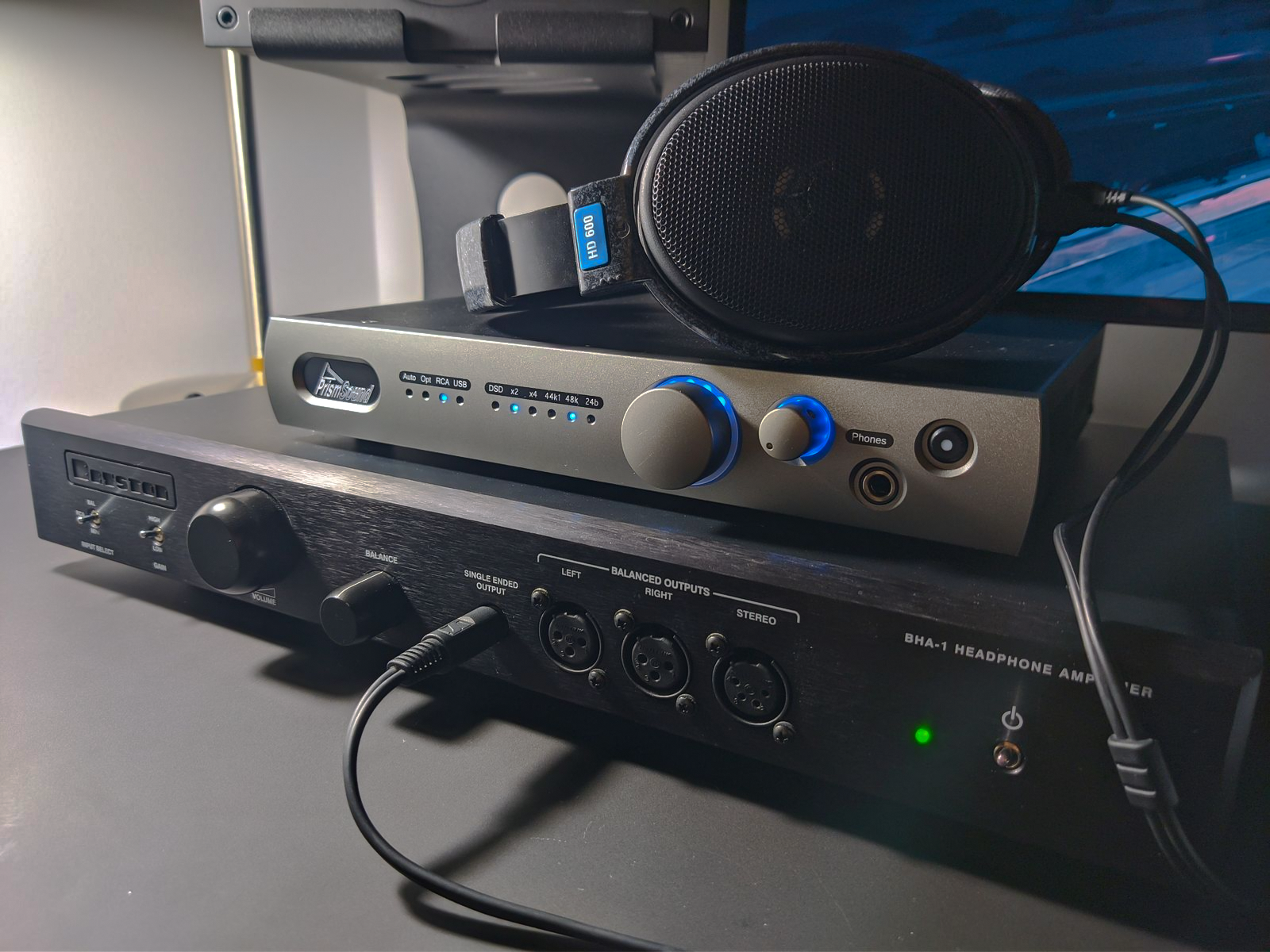
The Callia was another big jump of mine, and personally one of my most fond purchases. I remember the joy I had when first listening to some of my more recently discovered tracks, where everything felt cleaner and “more open,” as I would have described it then. The staging increase was satisfying as well as the resolution which was a nice positive for me with the HD800S. I was left with a smile after the first listening session. Going back and listening to my favorite tracks and evaluating them was fun; I was able to hear much more regarding microdynamics and detail than I could have recalled. Features of songs that weren’t there before became more apparent - a la Hubble to JWST. Another veil had been lifted, which I call “the Schiit glaze.” The Schiit glaze is a portmanteau of glare and haze I conjured up when I was way past my bedtime in the early morning hours evaluating sources with other writers (I’m looking at you listener and Flux). Besides the silliness of it, I would say it sort of captures what I’m talking about here. There’s a sort of etch that disappeared once I removed myself from the Schiit DAC lineup, but I’m unsure if I can truly attribute it to the brand or topology.
I sort of ignored the Schiit Yggdrasil as a potential upgrade from the Bifrost 2 after learning from others that it's considered veiled (Schiit glaze perhaps) and that there are multiple versions with varying timbral characteristics. I was also considering some Soekris DACs as an option, but from what I read it seemed like it would be a side step rather than an upgrade and change of tonality. I also really wanted that general increase across the board, and felt as though the Bifrost 2 was a limiting factor. Despite me looking into these other options, I admit it was kind of a foregone conclusion, as I tend to latch onto the first thing I notice and research adamantly. It seemed like the right call - and it was for me - but I can’t help but wonder how things could have gone differently.
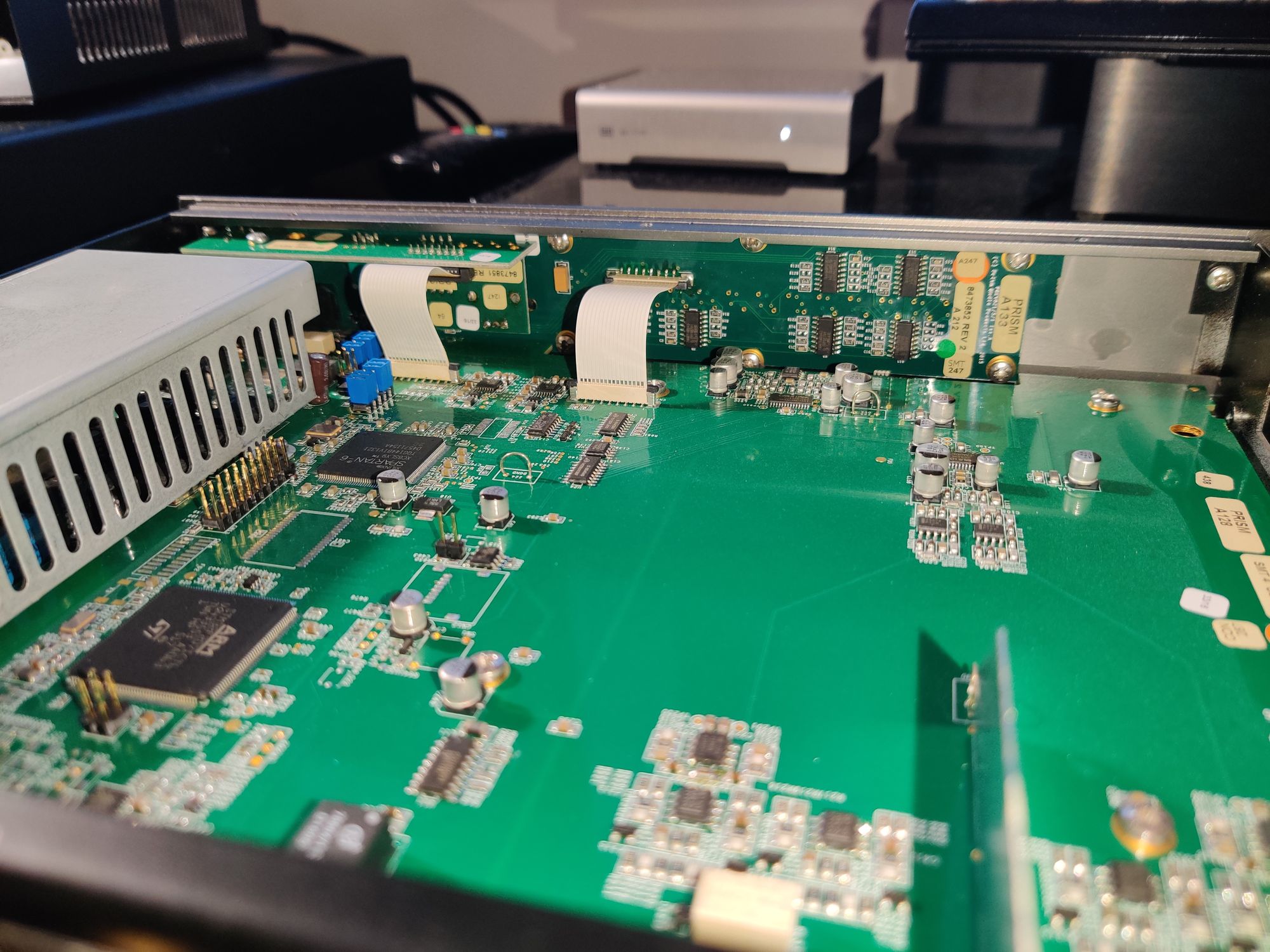
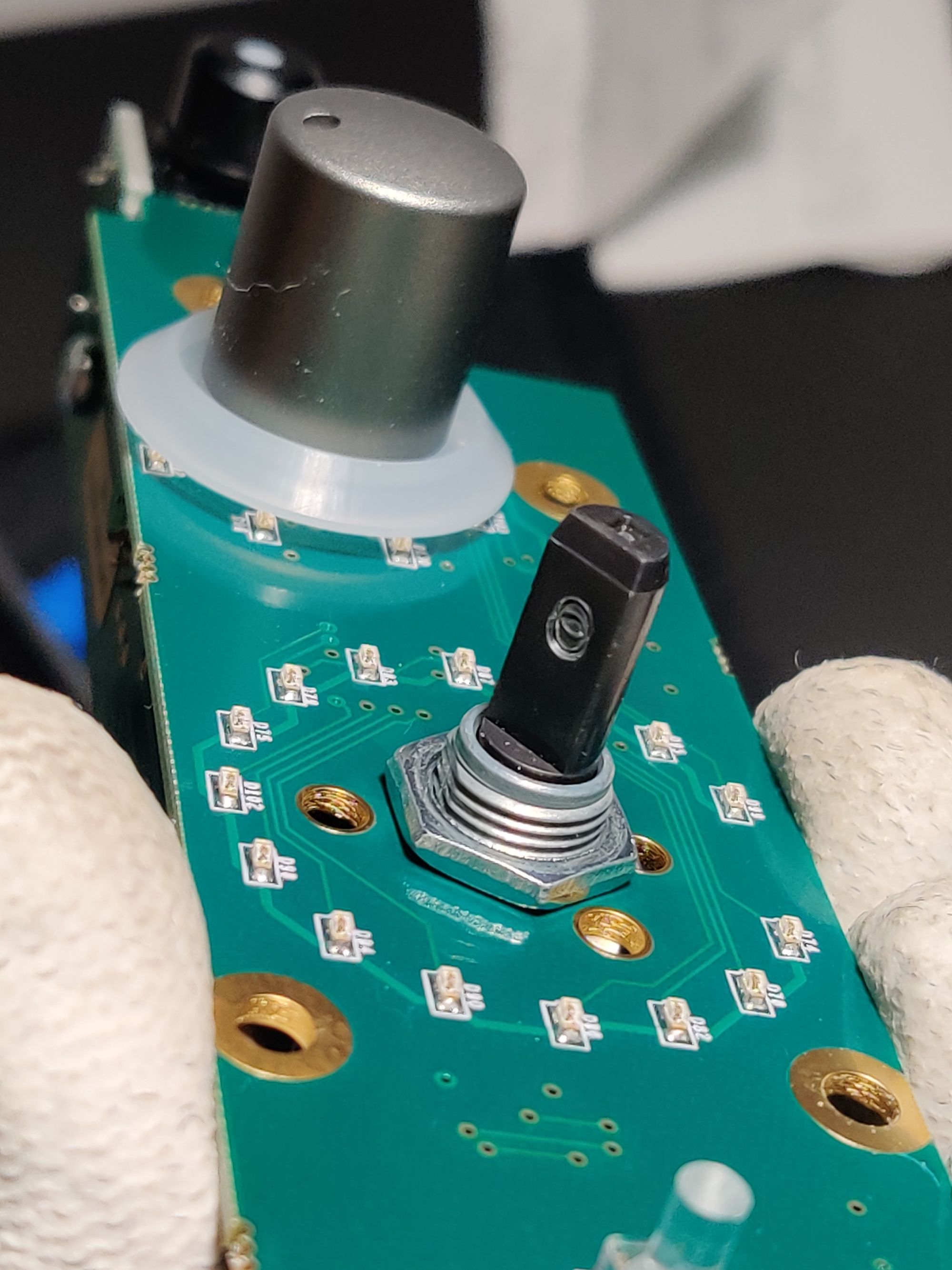
I started to get curious if there was another upgrade path for me last fall. I was considering DACs from more niche companies, such as a COS Engineering COS D2, Eleven Audio XIAUDIO Sagra, or something around that 2k+ price range that would be more so in the higher end audiophile DAC space. I wanted something similar to Callia timbre-wise, but again another general increase in resolution and imaging. I found out about the Matrix X Sabre Pro (XSP), and blind bought one to compare against Callia. This was much more difficult than my past experiences comparing DACs. To me, they were practically the same unless deliberately listening for differences. I found their timbre to be similar in kind, and could only really draw subtle changes for a few things. Relative to Callia, the XSP was smoother but had more weight to notes, a stronger presence with vocals, and possibly higher resolution. It came down to the price and features between the two that helped me make my decision. I found it fun being able to use different filters and run HQplayer, converting and upscaling to DSD 1.536MHz, however for the price and lack of a headphone jack I decided against keeping it.
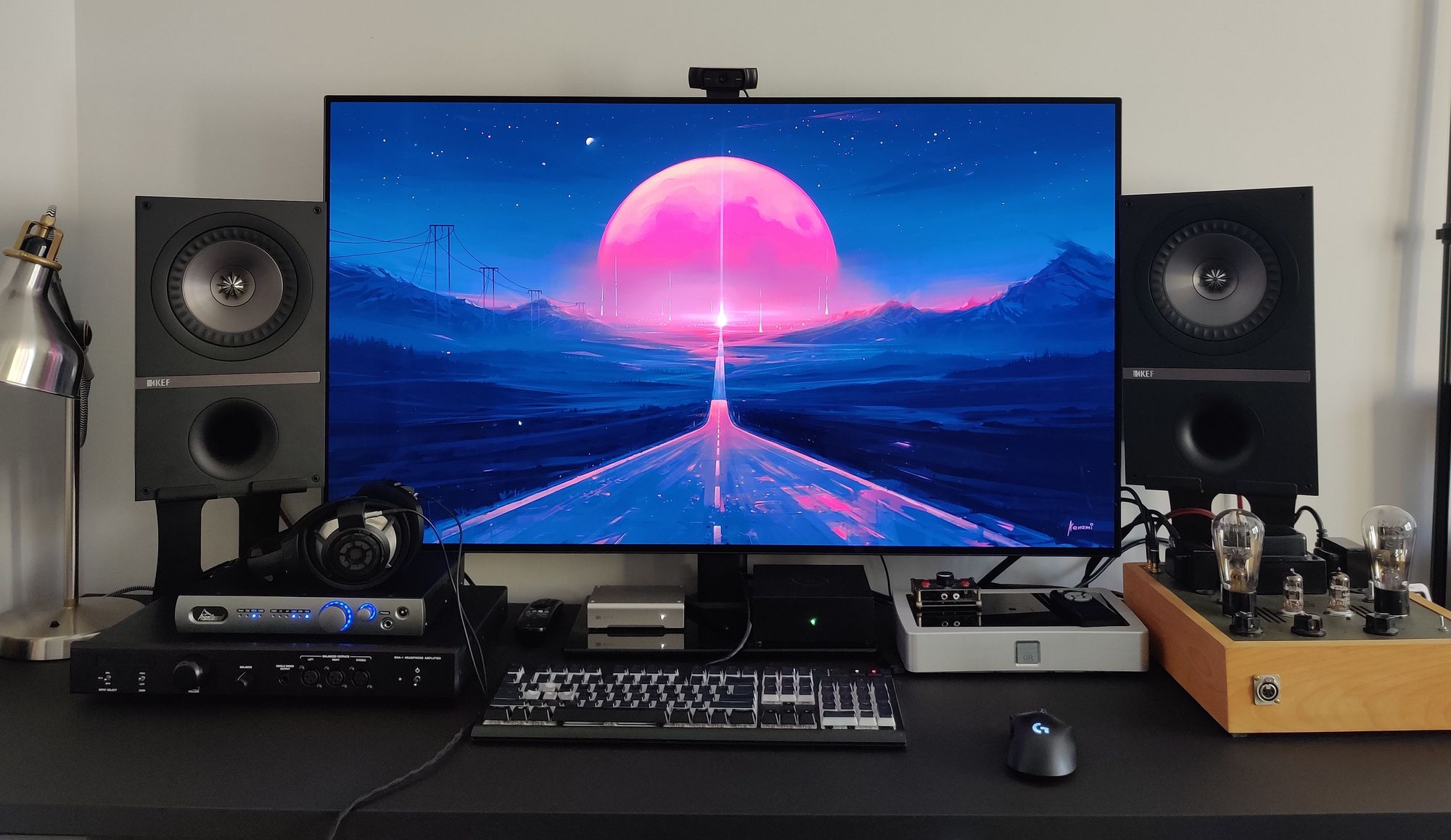
In Due Time
After owning the Prism Sound Callia for over a year now, I still appreciate it for all that it is. Its size and utility are great. I remember using the headphone output on it for a few weeks which is a nice bonus to an already great DAC. It sits comfortably in that sort of “Pro DAC” or enthusiast bracket both in price and target audience, which explains some of its attributes. However, I would say it tends to sound a bit thin and bright compared to other DACs I’ve tried. For instance, when I was comparing the Exogal Comet to Callia in the winter, the contrast in what kind of sound they were going for was very distinct. The Comet had a much smoother and more lush signature, maybe a bit rounded but not quite as much as Bifrost 2 in my memory (I think this can be attributed to it being an FPGA implementation somewhat). I found the Comet had a nice level of detail and more natural timbre, but leaned warmer than I like. It also has a good bass extension, but was a bit too much for my speaker chain.
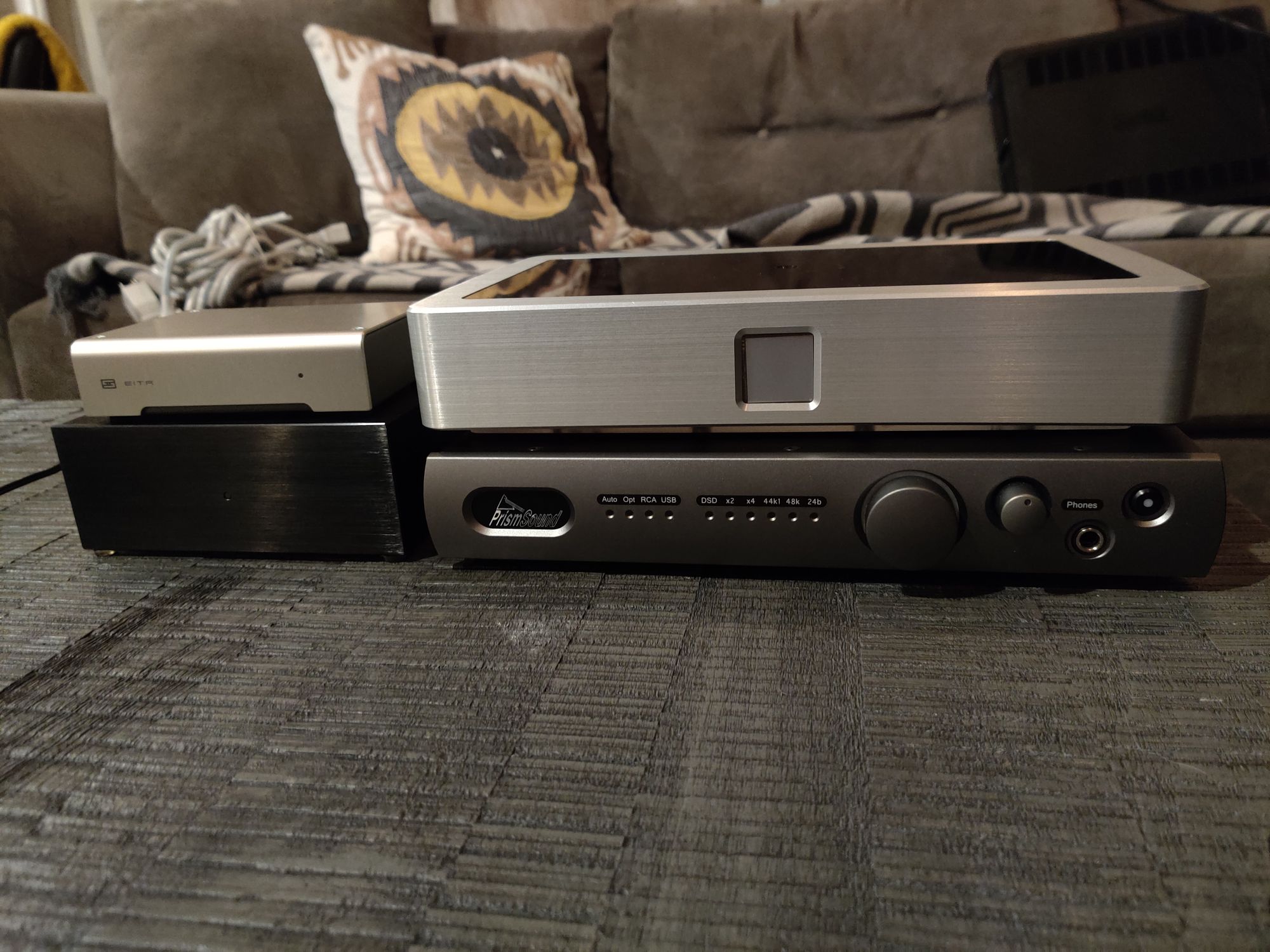
I’ve realized the limitations and subjective downsides of the Callia after putting it head to head against the Comet. Now I notice how it leans bright and can seem a little harsh when comparing it against other DACs, when before I didn’t. That stark contrast adjusted my understanding, and is informing my next steps. What I’m searching for now is something that has more resolution, precise imaging, and a more holistic, balanced tone signature.
I’ve mentioned in my previous article about the standout Bricasti M1 Signature Edition DAC, which I think would fit these qualities coming from Callia. However, I can’t justify such a jump at this point in my life without parsing down my entire collection to almost nothing. I’ve also been very keen on the Weiss 502 I heard at Canjam NYC 2022, but it’s also in the same price bracket. I’ve decided for now to continue experimenting to see whether I can find something that would tide me over in the meantime.
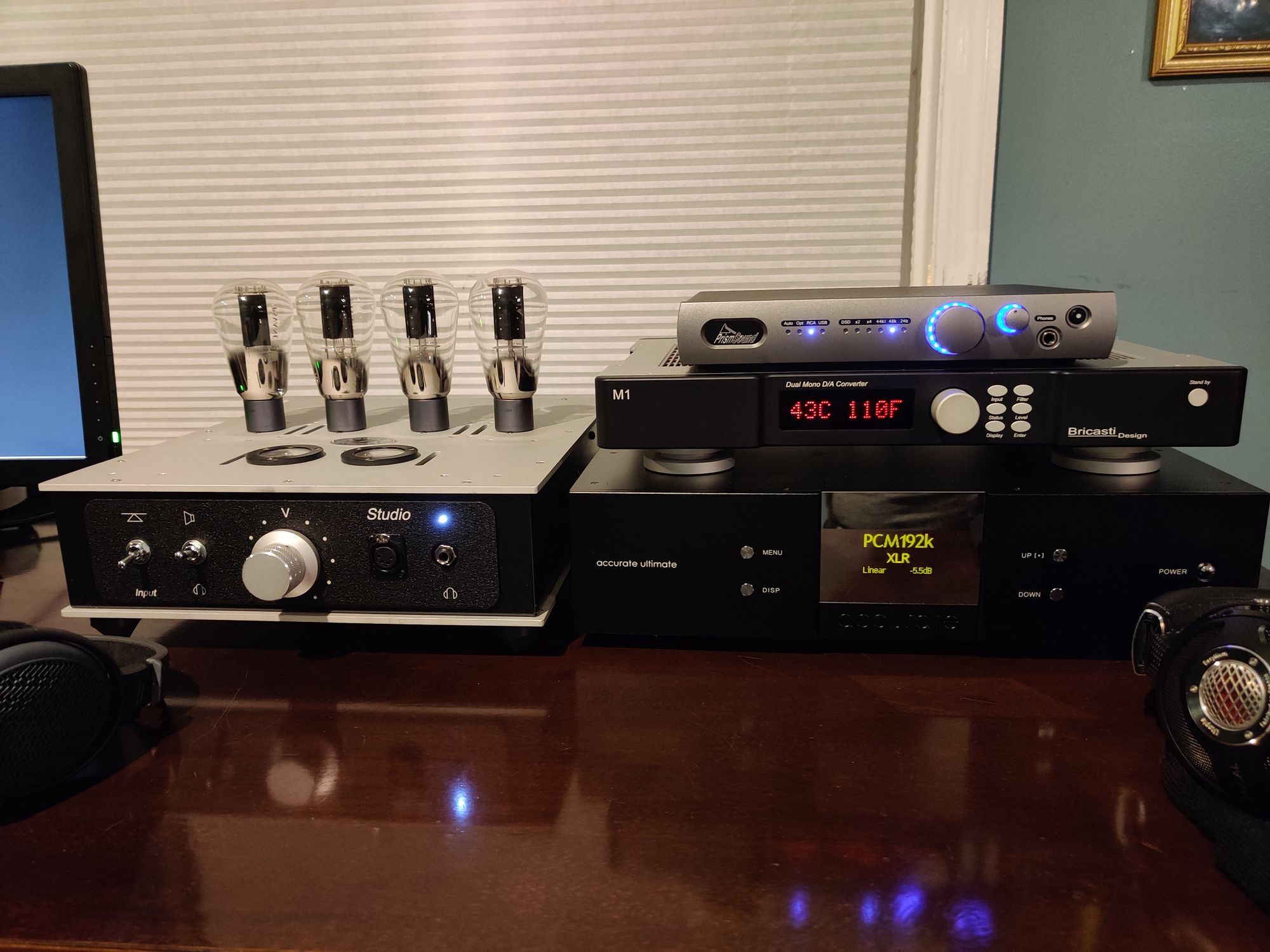
This segues into more recent times, particularly my experience with the Accurate Audio D1000. I’ve had the opportunity to evaluate this very niche, mostly unheard of DAC for the past few weeks. It caught my interest during a meet, and it may just be the kind of upgrade I’m looking for. It has a noticeably wider stage, both in headphones but even more pronounced with speakers. It can give off an almost ethereal vibe depending on the track and tube amp configuration I have. This was further bolstered by the much more balanced signature that I was looking for compared to Callia. It was subtle at first, but I gradually picked up on the increase in resolution when directing my attention to the slight waviness of vocals and strings. When putting my thoughts together here, I realize my appreciation for this r2r DAC and its benefits over the Callia. However, it is quite big and throws off a lot of heat during operation which the Callia does not. It’s not a deal breaker by any means, but definitely is something to consider as I weigh my options for a future upgrade.
Conclusion

I enjoy trying new DACs. It’s interesting seeing how it can color the rest of the chain, and getting new ideas of combinations to be had. I don’t know what DACs I may own in the future, perhaps the Callia will last long like my NAD did. There are a few lingering DACs in my mind that I would be curious to test, but this will require considering the consequences of further blind buying rather than being guided to what I’ve evaluated previously. All in all, this aspect of my journey in audio has improved my foundational understanding and appreciation for the ways we engage with music, and that is worth the (admittedly high) price of admission to me.
Comments?
Leave us your opinion.